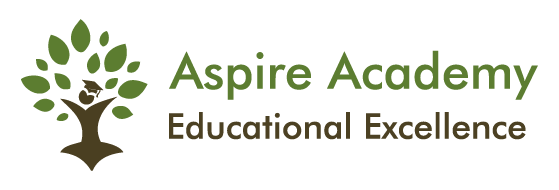Educational experts state that fluency helps reading comprehension. How do we get to fluency? Currently, we are pushing students to read passages repeatedly and faster, but here are other science-based ways to improve fluency that are multi-sensory and very effective
1) Fluid, efficient handwriting
2) Accurate spelling and practice of spelling based on sounding out words
The Research on Spelling (National Reading Panel, 2003)
The relationship between spelling and reading is so close that learning about spelling enhances a student’s reading proficiency. Spelling contributes to reading development, decoding unknown words, pronunciation and writing. Beginning readers do not become skilled readers unless they understand the spelling system. The National Reading Panel discovered that for young children (K-3rd grade), spelling supports learning to read. For older students (4th – 8th grade) it contributes to vocabulary growth and reading comprehension.
Spelling is critical. Research shows that lack of spelling instruction affects:
- Early reading development
- Verb tense and usage
- Clarity in writing
- Writing fluency
- Perceptions of writing ability
- Written expression.
What makes a good spelling curriculum? According to research by the National Reading Panel:
- Patterns are the most effective way to teach spelling.
- Structured literacy and systematic phonics teaches the spelling patterns in a format based upon the logic of English. Beware of spelling programs that try to teach all 8-10 spellings of the long-e sound in one spelling lesson (i.e. Meet, meat, happy, compete, receive, and key in one weekly lesson)
- Patterns should be based upon the syllable types of the English language that are orthographically regular
- Exceptions should be taught as sight-words when the specific pattern is taught (gain, pain, against; key, turkey, hey, they).
- Systematic phonics instruction produces the most fluent, accurate and proficient readers, spellers and writers
- Systematic phonics instruction for reading and spelling is best when started in Kindergarten and maintained through third-grade.
- Systematic phonics and spelling instruction works best when integrated into all literacy activities and not taught in isolation.
- Systematic phonics has less of impact on reading when it is started after second grade
- Spelling must be supported with sound-to-letter activities, vocabulary, reading fluency and comprehension activities.
- The spelling and reading curriculums should sync together.
How Does Fluid Handwriting Improve Reading?
The most significant finding is that learning to write and print letters with pencil and pen improves children’s ability to recognize and process letters when reading. It is a multi-sensory approach to learning letter recognition and it should also be practiced when learning letter sounds. Children learning to write should say the letter sound while learning to print the letter (not the letter’s name, but its sound!)
There is still value to be found in the practice of handwriting. Handwriting is an important component of multi-sensory instruction for teaching letters and their sounds. It allows students to memorize and recognize letters faster, and it helps students better differentiate between similar letters. Source: The effects of handwriting experience on functional brain development in pre-literate children
Handwriting is incredibly beneficial, especially early in a child’s education. This is because handwriting is a multi-sensory experience. The more senses that are engaged while learning, the faster and easier it is for the student to master that concept. While tracing and typing are technically multi-sensory activities, they are not as immersive or effective as handwriting is for teaching and reinforcing letter shapes and sounds.
Handwriting helps students connect letters to sounds. This is especially true if their teacher encourages them to make the sound when they write the letter. For example, making the sound /a/ (as in apple) when they write the letter a.
Handwriting helps students recognize and memorize letters faster. In contrast to typing or tracing, handwriting allows a student to engage with the form of each letter in a more immersive way. By writing each letter, the student becomes adept at creating and identifying similar letters such as b, d, p, and q. If a student can successfully write a letter correctly, they are much more likely to be able to read it correctly as well.
Another useful benefit of handwriting is that students who primarily hand write (versus tracing or typing) are better at recognizing different forms of letters (such as uppercase or lowercase, and varieties of fonts).
Handwriting and Spelling makes our students better readers. If you have students struggling with fluency, work handwriting and spelling into your 90 minute literacy activities. It can be used in the study of vocabulary, journal writing, and spelling and handwriting can be practiced together.


One Response
Very interesting and helpful! How can I get a copy of this article to share with my colleagues?